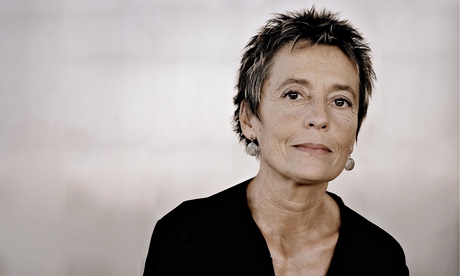
Some concerts take time to settle. Others capture the attention irresistibly from the first bars. This evening of Beethoven chamber music fell in an instant into the latter category. It began with the gentle B flat Allegretto for piano trio, a relaxed, urbane, and beautifully constructed piece that dates from 1812, the year after the Archduke trio. It was so beguilingly unfolded by the trio of Maria João Pires, Augustin Dumay and Antonio Meneses that the thought occurred, even at that early stage, that it would be hard to maintain this level of distinction for the whole evening. Which, as it proved, was the case.
Given the quality and experience of the players involved, the occasional later feeling of uncertainty was only a relative one. Much of the playing in the D major “Ghost” trio, appropriate programming for Halloween week, was as fine as it had been in the little Allegretto, while the Brahms andante from his Op 87 trio was also a grandly realised and extremely generous encore. The more problematic playing came in between, in the two sonatas that made up the bulk of the first half of the concert. In the A major cello sonata Op 69, Pires’s big-boned piano playing consistently eclipsed Meneses’s refined cello sound to a surprising degree, while in the F major Spring sonata for violin, things were the other way about, with Dumay bringing a sometimes intrusively big tone to the subtler chiaroscuro of Pires’s piano.
A more consistent balance was restored in the Ghost trio, however, which the three players began with exhilarating declamatory panache and rapid-fire virtuoso precision of a high order. In the slow D minor central movement, which gives the trio its nickname, the spooky elegance of Meneses’s playing was more attractive than Dumay’s rather more reckless intonation but it was the subtlety of Pires’s touch that caught the ear most often of all.

